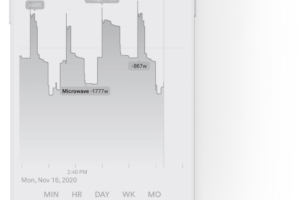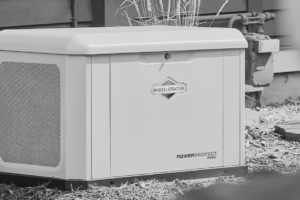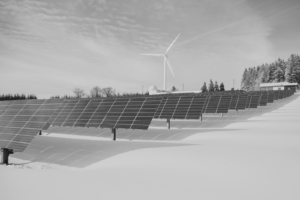I bought an electric vehicle. What are my next steps?
The first thing to consider when selecting an electric vehicle charger will be your charging requirements. What is your average daily driving distance? Do you generally drive the same amount each day/week or does this vary? If you are unsure, there are many FREE trial mileage tracking applications that are available to get an idea of your typical week’s range and locations traveled.
Level 1 EVSE vs Level 2 EVSE
This data will enable you to make a more informed decision on whether you require a level 1 EVSE or a level 2 EVSE (Electric Vehicle Supply Equipment – used interchangeably with electric vehicle charger). A level 2 EVSE can charge up to 8-9x faster than a level 1 EVSE. Be sure to check the safety certification on your chosen EVSE. It should be either CSA-approved or ULC-approved. Also ensure your charger is appropriately sized to your vehicles onboard charging system to maximize your rate of charge.

If you require a level 1 EVSE that requires a 15A 120V receptacle, you are most likely not in need of an electrician as long as you have the receptacle in a location that works for your charging needs.
If you require a level 2 EVSE there is more involved than with a level 1 EVSE. When you contact an electrical contractor about a level 2 EVSE installation they should be asking you a lot of questions. A full demand calculation should be completed for your dwelling. From that calculation you should be left with the following options:
- Your electrical service is adequately sized for a level 2 EVSE and you can go ahead and have an electrician install the appropriate-sized wire and breaker for your charger. In most cases, a 50A or 60A breaker with #6 AWG cable is required. Pricing will vary based on the distance from the electrical panel to the proposed charging location.
- If your electrical service is not adequately sized for a level 2 EVSE you have the following options:
- You can have an electrician complete an electrical service upgrade to your house. This option allows you to have your vehicle charger continuously available and would also simplify any additions in the future (adding a solar array, hot tub, etc.). However, this option is more costly.
- You can have an electrician install an EV energy management system that detects when the total power consumption exceeds 80% of a main circuit breaker capacity and temporarily de-energizes the charger. Then the EV energy management system automatically re-energizes the charger when the total power consumption of the main circuit breaker capacity is less than 80% for more than 15 minutes. There are multiple variations of these systems available in the market. This option is cheaper but limiting in the future.
In both cases, it is advised that the level 2 EVSE be hardwired for safety reasons. It is not advisable to have a plug that could be unplugged under a full load condition.

The location of your EVSE is also something to consider when choosing the appropriate unit. If you are installing your EVSE outdoors, it will need to be rated for that use. Be sure to estimate the cable length needed from the EVSE mounting location to your vehicle’s inlet when parked so that you will know the correct charging cable length.

Overloading your home’s electrical system can have disastrous consequences. Ensure your electrical contractor has the necessary skills, experience, training, insurance, and permits to complete the job safely and competently.
The EVSE installation market in Canada is in its infancy and most regulatory bodies have not made training compulsory at this time, however, there is a training course available. The Electric Vehicle Infrastructure Training Program (EVITP) certification is the first of its kind in Canada. See a list of EVITP-certified contractors in Canada here:
https://netco.org/evitp-installers





